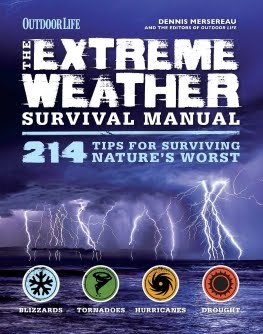Any hurricane season is stressful when we have a storm aiming for the coast, but this season is particularly harrowing because of the ever-worsening coronavirus pandemic. It's not out of question that coastal communities will face evacuation orders at some point this season due to a storm's surge or inland flooding. When that happens, local officials will have to walk a tightrope to figure out how to safely handle evacuees without exposing folks already experiencing hardship to a coronavirus outbreak at evacuation centers and other gathering points for aid and supplies.
The Weather Channel, bless its heart, decided to call this conundrum COVIDCANE 2020: BRACING FOR DISASTER.
Come on.
The network recently ran a special report titled COVIDCANE 2020 and I held hope, however fleeting, that it was a one-off thing and the folks in charge would think better of this ill-advised branding opportunity.
Nope.
Watches and warnings are up in parts of Florida ahead of Hurricane Isaias. The Weather Channel's on top of it like always. But right next to their coverage tonight is that little COVIDCANE 2020 logo, hanging out on the network's graphics and chyrons like a sorry wasp caught between the screen and the window.
How many desks did COVIDCANE 2020 have to cross before it got final approval to go on television and the internet? How many folks had to give this branding nightmare the green light and no one stopped to think for one blasted minute "hey, maybe we shouldn't do this?"
I have been in that building twice. There are lots of fantastic people who work for the company. And the building has plenty of cozy meeting rooms for any number of those great folks to go over what went wrong and make sure it doesn't happen again.
I've criticized The Weather Channel for plenty of nonsense in the past. Their winter storm names are flawed. They've given some pretty boneheaded advice during emergency situations. One of their reporters ran around in a hurricane a few years ago like a frat guy during pledge week—I hear they even wound up changing the way they cover storms after that incident.
But this is something that's completely out of character for a network that prides itself on leading the pack for weather coverage. They're supposed to be the gold standard—weather you can always turn to!—but this escapade cracks open the vault to find an empty reserve and an intern pecking at a keyboard in the dark.
The Weather Channel didn't invent over-the-top branding during natural disasters. News organizations have been packaging flashy graphics and snazzy music for crises since they got the technology. But the company should know better. More than 150,000 people are dead from a virus in five months. We're adding tens of thousands of new cases every day. A hurricane is heading toward the worst-hit part of the country right now and goodness knows what else will form in the coming months.
This is stress on top of stress.
We all know the power of graphics, chyrons, and headlines. Advertising this as COVIDCANE 2020 cheapens the threat and makes it sound like it's just another ratings opportunity instead of a serious examination of two disasters converging in a way we haven't experienced in living memory in the United States.
Do better.
[Images: @weatherchannel on Twitter (1 & 2)]
You can follow me on Twitter or send me an email.
Please consider subscribing to my Patreon. Your support helps me write engaging, hype-free weather coverage—no fretting over ad revenue, no chasing viral clicks. Just the weather.
Please consider subscribing to my Patreon. Your support helps me write engaging, hype-free weather coverage—no fretting over ad revenue, no chasing viral clicks. Just the weather.












